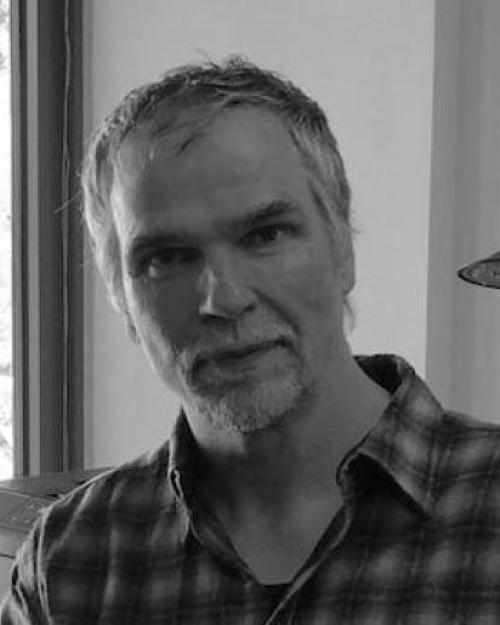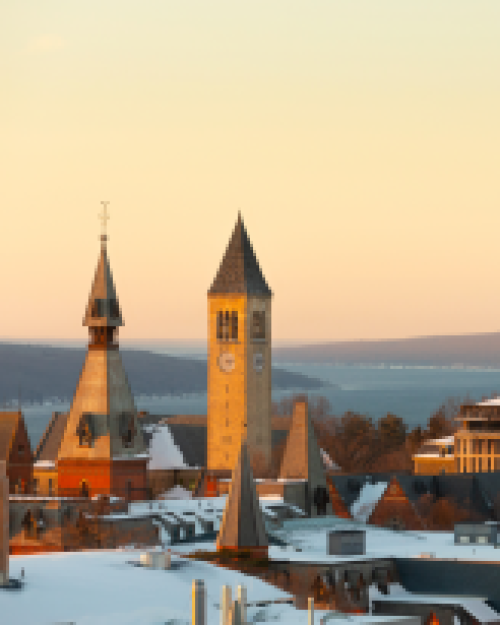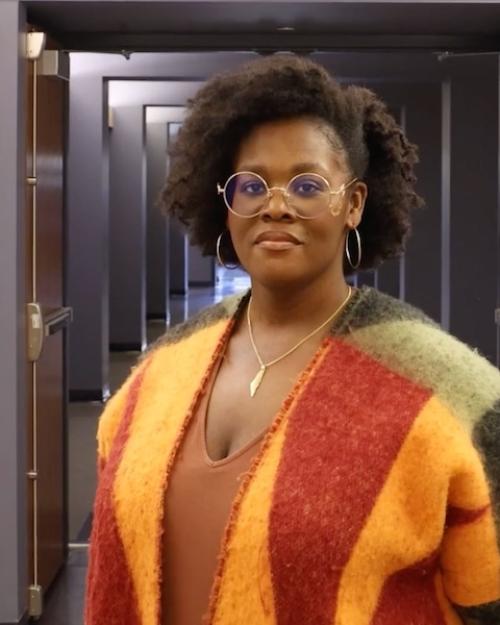As education reporters note each year, March and April are frenzied months for the parents of high school seniors.
“I hear you,” is all I say when I’m with parents waiting out March. With some, I hold back, unsure about adding to the conversation.
They are the tightly wound, and their talk is oddly anxious and hubristic: “Of course, they will accept her, how could they not?”
“Ouch,” I think, and make a beeline toward the sanguine mother-philosopher speaking admiringly of her older children’s college choices. At ease and joyful, she proudly awaits the moment her youngest falls in love with the ONE college from those offering acceptances. “Be fluid,” she says, “the right college will find you.”
As a parent of a college sophomore, I figure I’ve scaled a good chunk of the proverbial 30,000 feet needed to gain perspective on the subject of college admissions and the importance of finding the “right fit.”
Sure, uncertainty ratchets skyward for families as the country’s great universities release their numbers at the end of March, tallying applications received and percentages accepted.
The figures can render even the most self-assured humble. The year our daughter applied to Cornell, the count reached 40,000. The next year, 43,000 essays professed love for the institution. Applicants from every part of the globe vied for a spot in the entering class. And as with each year, many sport such outstanding academic and extra-curricular credentials, you wonder if these kids ever spent a summer baking mud pies in the backyard.
Letting the senior hold the reins
As parents, we believed that there would be a college that would be right for our high school senior. And, in order to find it, let it find her.
And, Cornell did. Organized, disciplined, and dedicated to her coursework, Sara took the most rigorous classes possible in high school, a pre-requisite at any selective university, and threw herself into extra-curriculars of her choosing. To be sure, she burned the midnight oil many times finishing class assignments and researching, creating and managing projects for her various outside programs. In the process, she grew quietly confident in subjects that appealed to her.
In junior year of high school, the conversations with our 16-year-old took on a new level of seriousness. Was she sure about her academic interests? The answer was unequivocal. Fueled by her experiences under an outstanding AP statistics teacher and her IB higher level computer science instructor, Sara aimed to double major in statistics and computer science.
She set her sights high, creating an initial list of both private and public universities that were among the country’s most admired institutions.
The questions were these: Which schools should she spend her energy pursuing? Where would she fit in? Along the journey, well-meaning high school counselors, family and friends chimed in with views that were variously considered or filtered out.
We agreed with them on one score: although she was a star student with great extra-curriculars, the odds of getting a nod from these schools looked pretty scary.
Our family’s strategy for an “unhooked” candidate couldn’t have been simpler: put your best effort into the application and wait it out. The answers late March were heartening. She had a good pick of schools with strong undergraduate programs in her subject areas. Early April, we started an intense six-day trip across the country for admitted students’ days.
“Wouldn’t we love to turn the dial back and return as students,” my husband and I said at every visit. But, watching Sara taking a careful note of the environment, we could see her evaluating each campus on her terms.
Down-to-earth, driven students sold Sara on Cornell
At Cornell, our usually reserved daughter couldn’t stop talking. The gothic buildings, extensive libraries, a nearly-completed computer science building, vast quads and a stop for snacks at Robert Purcell Community Center sealed the deal for her. It had to be Cornell. “You’d be taught by professors who won the Turing Award” (the equivalent of the Nobel Prize in computer science), she exclaimed. And the statistics department is one of the best in the country.
Looking back, I see that among the features that attracted our daughter to Cornell were those qualities that we as a family also value: we spotted a down-to-earth and driven student body. I chatted up undergrads for stories of their experiences. To my welcome surprise, they were open, honest and happy. They admired their peers, were wowed by the accomplishments of the faculty who taught them, motivated by the tough work and taken with the sheer beauty of the campus.
For Sara, it also was the diversity of interests she found, from history majors in the College of Arts & Sciences to prospective agrarian managers in CALS, engineers of all stripes in the College of Engineering and the travel and tourism-eyed hotelies in the Hotel School. This strongly STEM-oriented school is not lop-sided in STEM, but embraces the world of humanities, too.
If we’ve learned one thing from the college application frenzy, it is this: both parties in the process take a gamble on the other. Where will the fit best occur? The answer has to come from the college-bound senior as only he or she truly knows the answer. For some, it’s an acknowledgment that seeps in after placing both feet on a campus.
Now two years on, Sara looks forward to returning to Cornell after breaks. She has a wide circle of friends in her dual programs, is a computer science teaching assistant, belongs to organizations as diverse as the Data Science Club to the Cornell Piano Society and has pledged a sorority. Because of a connection at a fall campus career fair, she will intern this summer as a software engineer at Microsoft’s Redmond, Wash. headquarters.
We see today that the right college has found her. To be sure, a Cornell acceptance comes at a price. The workload is intense and sleep is sacrificed when deadlines loom. Her sources of joy: working alongside students motivated to do their best, her advanced mathematics and CS courses and extra-curriculars that allow her to explore a vast range of interests (the arts and dance are on the radar for coming semesters).
As the next crop of high school seniors wait for decisions this season, know that we, too, sat anxiously at the computer two years ago. Not every school will love you right back — the process can feel like an enigma inside a mystery. But, of the ones that do, understand that there’s something about you that convinces the university you’d make a great addition. Today, you’re in the driver’s seat. Who are you going to love back?
Author Usha Viswanathan and her husband, Sekhar Venkatraman, are the parents of Sara Venkatraman, a sophomore in the College of Arts and Sciences.




